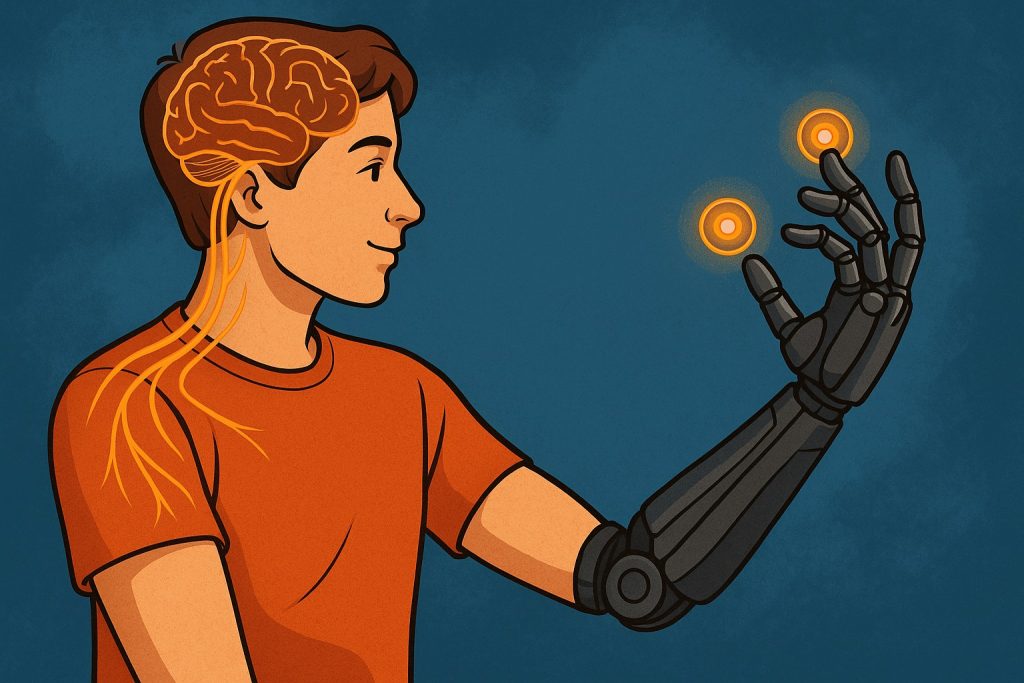Prosthetics have come a long way from simple wooden limbs. Today, a new era of neuro-controlled prosthetics is redefining what it means to replace lost limbs—not just in function but in sensation and integration with the human body.
Neurocontrolled Prosthetics: Mind Over Matter
At the heart of next-generation prosthetics is neurocontrol—the ability to move an artificial limb using the power of thought. This is made possible by reading electrical signals from the brain or peripheral nerves through implanted electrodes or surface sensors. These signals are translated into movements in real-time.
For example, a person missing an arm can think about clenching a fist, and their bionic hand responds accordingly. This dramatically improves the intuitiveness and response time of artificial limbs, especially compared to traditional joystick or mechanical control systems.
Sensory Feedback: Bringing Back the Feeling
One of the most groundbreaking advances is sensory feedback. Modern prosthetics can now send signals back to the brain, allowing users to “feel” touch, pressure, and even temperature through their prosthetic limbs.
This is achieved by using tactile sensors in the artificial limb and connecting them to the nervous system. When these sensors detect contact or resistance, they send impulses to electrodes that stimulate specific nerves—essentially mimicking natural touch.
This kind of feedback helps users:
- Perform tasks more precisely
- Avoid dropping objects or gripping too tightly
- Regain emotional connection with their artificial limbs
Integrated Technologies
Today’s bionic limbs often integrate multiple technologies:
- AI algorithms for adaptive movement and grip
- Bluetooth and wireless updates for tuning functions remotely
- 3D printing for custom-fit designs
- Battery-efficient actuators to prolong use without sacrificing power
Challenges and Future Prospects
Despite rapid advances, there are still challenges:
- High costs limit accessibility
- Surgical risks with implanted sensors
- Signal interference or degradation over time
Yet the future is promising. Researchers are now working on fully implantable neural interfaces, self-healing artificial skin, and biocompatible materials to create prosthetics that are indistinguishable from natural limbs in both function and feel.
Glossary
- Neurocontrol – control of a device using signals from the nervous system
- Sensory feedback – the process of receiving sensation-like information from a prosthetic device
- Tactile sensors – components that detect touch or pressure
- Peripheral nerves – nerves outside the brain and spinal cord
- Biocompatible – materials that are safe to use inside the human body


